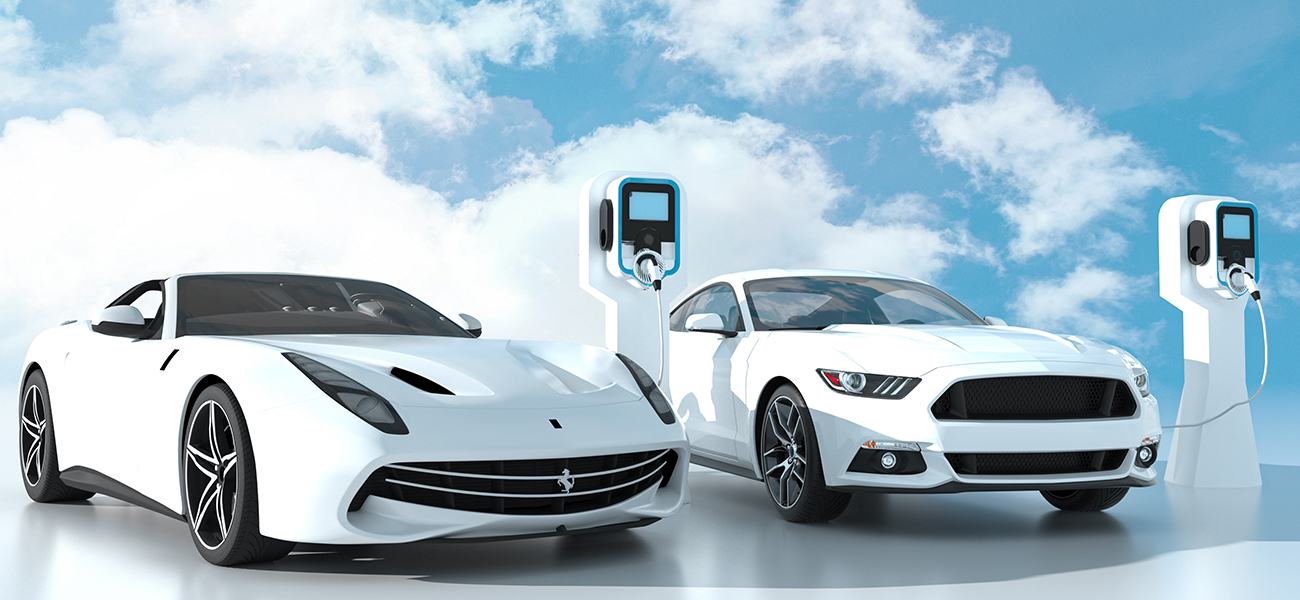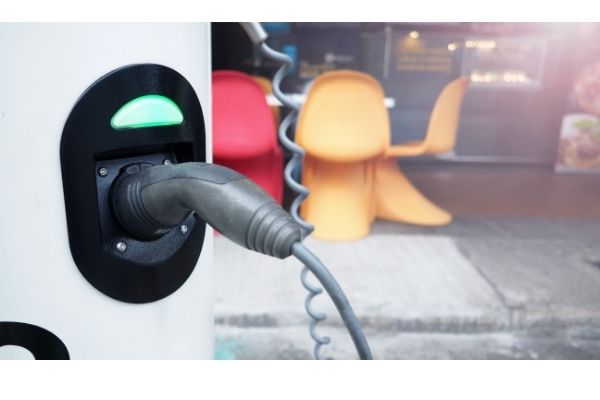Lithium-ion battery research studies reveal that producers can significantly enhance lithium batteries by enhancing existing resources, instead of making brand-new mechanisms. The research study teams at the Texas A & M University and Paul Scherrer Institute PSI published papers that discuss 2 different ways of making the most out of Li-ion battery building techniques. In lab surroundings, the findings of Paul Scherrer Institute (PSI) team improved Li-ion battery storing volume whilst decreasing charging time. The Texas A & M researchers found out the way to enhance the energy efficiency of a battery.
Finding innovative methods to enhance traditional Li ion batteries decreases the resource needs and time to upgrade present tech, which can permit manufacturers and researchers to concentrate on executing an improved product, instead of building a brand-new design of a battery. The lithium battery arena has actually ended up being quite competitive. So, many researchers focus to develop new designs or materials. This attention indicates that a lot of researchers are missing out on product optimization chances that’re right in front of their eyes.

Graphite nodes are the -ve electrodes in a battery. The researchers managed to increase a battery’s performance by three times by optimizing the anode. The anode improvement takes place by reorganizing the graphite bar that is responsible for storing lithium ions throughout a charge cycle. By organizing the thickly jam-packed graphite flakes in a vertical position throughout the anode construction procedure, they can get positioned beside each other and adjust the electrode further straight to the cathode, which reduces the charging time and improves a battery’s storing volume.
Executing this process throughout the battery production procedure is basic, scalable, and affordable for each kind of application that utilizes rechargeable lithium power sources, such as electric car batteries, smartphones, and marine batteries. This Li-ion rerouting approach associates fine with the discoveries from a global group of investigators lead by Sarbajit Banerjee at the Texas A & M University. This research study is likely to develop extra effective Li-ion batteries by revealing why ion congestion occurs from place to place in the graphite bar. This ionic slog reduces the rate of the battery‘s discharging and charging procedures, however, if investigators can find a method to avoid this then they can dramatically enhance a battery‘s capability to hold its charge and after that effectively discharge it.

Banerjee and his group utilized the most powerful soft X-ray microscopes to get an image of congestion of lithium ions. These ions were driven across nanowire-based channels in the simulated battery. Banerjee stated: "For the battery to operate appropriately, we should get lithium ions in, and we need to pull them out." As soon as the lithium ions were in, we observed that they kind of stopped along the way at some time."
The study reveals that once electrons are combined with lithium ions, they stand in a single location rather than moving easily. Once these ions blob collectively in an obstruction, they ultimately slow a battery down and alter the electric assembly of the battery, which basically restricts the flow of potential energy to a tool. Comprehending the energy circulation permits investigators to enhance the graphite flake design in Li-ion batteries and enhance capacity, ionic circulation, and effectiveness, similar to the PSI group‘s findings on graphite arrangement. The 2 studies combined imply standard Li-ion batteries still show a great deal of untouched capacity.
This capacity is still at least 1-2 yrs away in the future. Meanwhile, worldwide energy needs continuously increase. Connect with our company to get additional information about how Melasta‘s Li-ion tech can power your energy requirements.
Details from the Texas A & M University and the Paul Scherrer Institute (PSI).